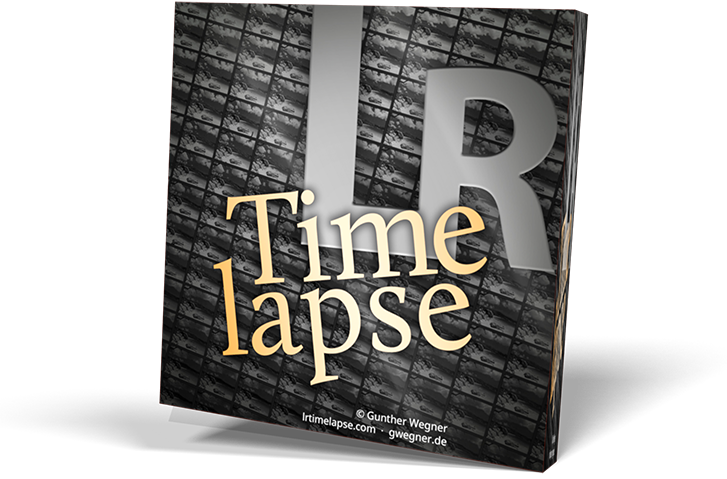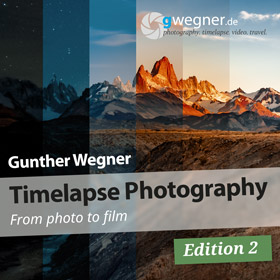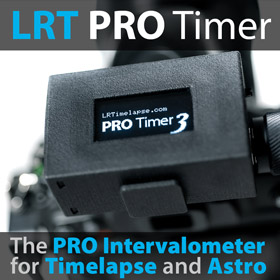This post was last modified: 2023-11-03, 01:18 by
zzyzx.
Edit Reason: add attachments
Is eleven years too soon to reconsider this?
It may be that the camera is always wrong when it computes white balance, but it is very close to an optimal value. It is better than I could do by entering temperature and tint numbers from scratch. When shooting stills I start with the camera's estimate (using Canon's Auto White Balance/White Priority setting) and only need small adjustments in post-processing (usually <500K for temperature, and <5 in whatever the tint scale is in Lightroom). The camera's algorithm gives more consistent results on wide shots than narrow shots, so I'll pick the best white balance from a wide shot then copy that setting to neighboring images that were shot in the same light.
Moving on to time-lapse sequences, I shoot a lot of day-night and night-day landscapes with a wide field of view. During a sunset or sunrise the white balance changes rapidly. I can't guess and type in temperature and tint values on enough keyframes to capture those changes accurately. Camera AWB results are pretty good, though jittery.
To handle this, I dump out the temperature and tint numbers from the Lightroom catalog file, plot them, and use the plot to find local minima and maxima. In Lightroom I mark those points as keyframes, set White Balance to "Custom" individually for each keyframe, then send the sequence back to LRTimelapse for interpolation.
The attachments show plots from a day-night-day sequence. The first has readings from my initial import of RAW files to Lightroom. The second is the same sequence after manual keyframing, processing in LRTimelapse, and return to Lightroom. The shapes of the curves might not be ideal but they are pretty good. Most important is that they don't flicker. Second most import is that I didn't have to think about the numbers.
My next step in this project is to write more code to apply some kind of best-fit curve to the data and push that into the XMP… but I'd rather not spend more time on it. So my feature request is for LRTimelapse to have a tool to smooth these two curves, as it does for the exposure curve. Just like OP said







